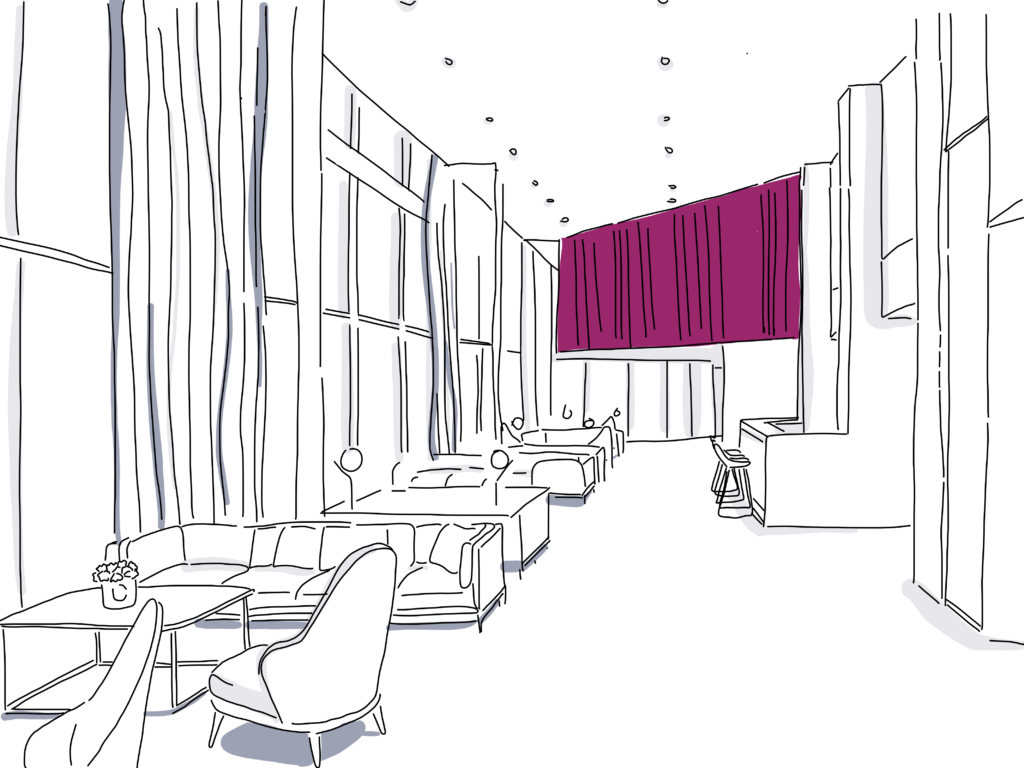
Monday Motivation: How to Nurture Sales Leads with 7 Effective Email Marketing Campaigns
No matter your industry, email marketing is a powerful strategy that can deliver super high ROI. Some experts estimate that you can earn $38 in new business for every $1 spent on email marketing. But at any given time, only about half of your leads will be ready to buy. Effectively nurturing your leads until they are ready to purchase can unlock new levels of success with your email marketing, but many hotels are hesitant to move beyond the most basic emails confirming guests’ stays. Today we’ll take a look at some great options for lead nurturing through email, including both basic and advanced email options.
How to Set Up Your Hotel Email Marketing in Simple Steps
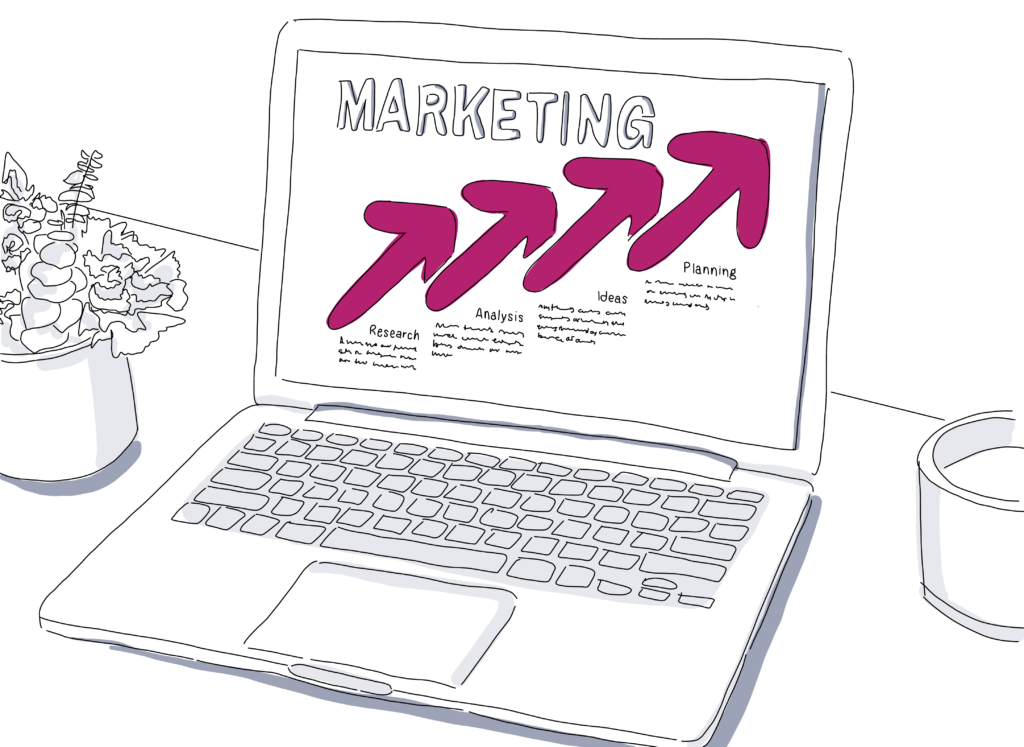
1. Segment your leads
To run an effective and well-timed email marketing campaign, you need to decide who to target, when best to approach them, and with what message. Focusing on segmentation of your audience ensures that you are targeting the right leads at the right time. In 2017, Mailchimp found across industries that segmenting email campaigns, or sending different campaigns to different types of customers, produced 14 percent higher open rates and 100 percent higher click rates. Your Sales and Catering CRM data will help you here. Try segmenting your potential customers by the reason for their stay, how far they’re traveling, group size, event type, or other qualifiers that make sense for your sales process. This segmentation allows you to split your audience up into groups and send appropriate emails for those customers.
Once you’ve decided on the appropriate segments, make a quick map of your customer’s typical journey through your sales process. Do they usually visit your website first? How do they first contact you? How many calls or meetings does it typically take to close the sale? What questions come up along the way? Creating this quick customer journey for each segment will make it much easier for you to set up automated emails to nurture your leads through the sales process.
2. Set up automated customer journeys
To make the most of your email marketing and effectively nurture your sales leads, you can set up automated customer journeys. This essentially means defining triggers (either behavior or time-based) that automatically send an email or series of emails to your prospects. Think of it like a series of doors that open for customers on their path to purchase.
Because you define the triggers in your email campaigns, you can make them mirror the process that customers are already going through when purchasing from you. The closer your automated flows mimic what the customer was going to do already, the higher your conversion rate will be. You are simply trying to meet customers where they are, answering questions and providing value along the way. This type of approach allows for a huge amount of personalization, all while saving you time and increasing your conversion rates.
Take a look back at the customer journeys you mapped out for each segment, and then consider what triggers make sense for your sales process. Customer actions like visiting your website, filling out a contact form, or sending an RFP could all be relevant triggers. Other triggers can also be helpful to add to the mix, like those based on dates or a time period. For example, you can automatically send an email one week after an initial sales meeting to follow up with an event organizer and see if they have any questions.
3. Nurture leads with relevant content
Now that you’ve segmented your audience and decided which behaviors should trigger an email, you’re ready to start writing! Although these emails are a part of your sales process, you should avoid using too many pushy or salesy messages. Instead, focus on content that provides value to your potential guests, answering questions and helpfully pointing out property features that they may find interesting or useful.
Your lead nurturing email campaigns should closely match the customer journey that you’ve identified, starting with content for inspiration and awareness, and getting more concrete as buyers firm up the details of their trips.
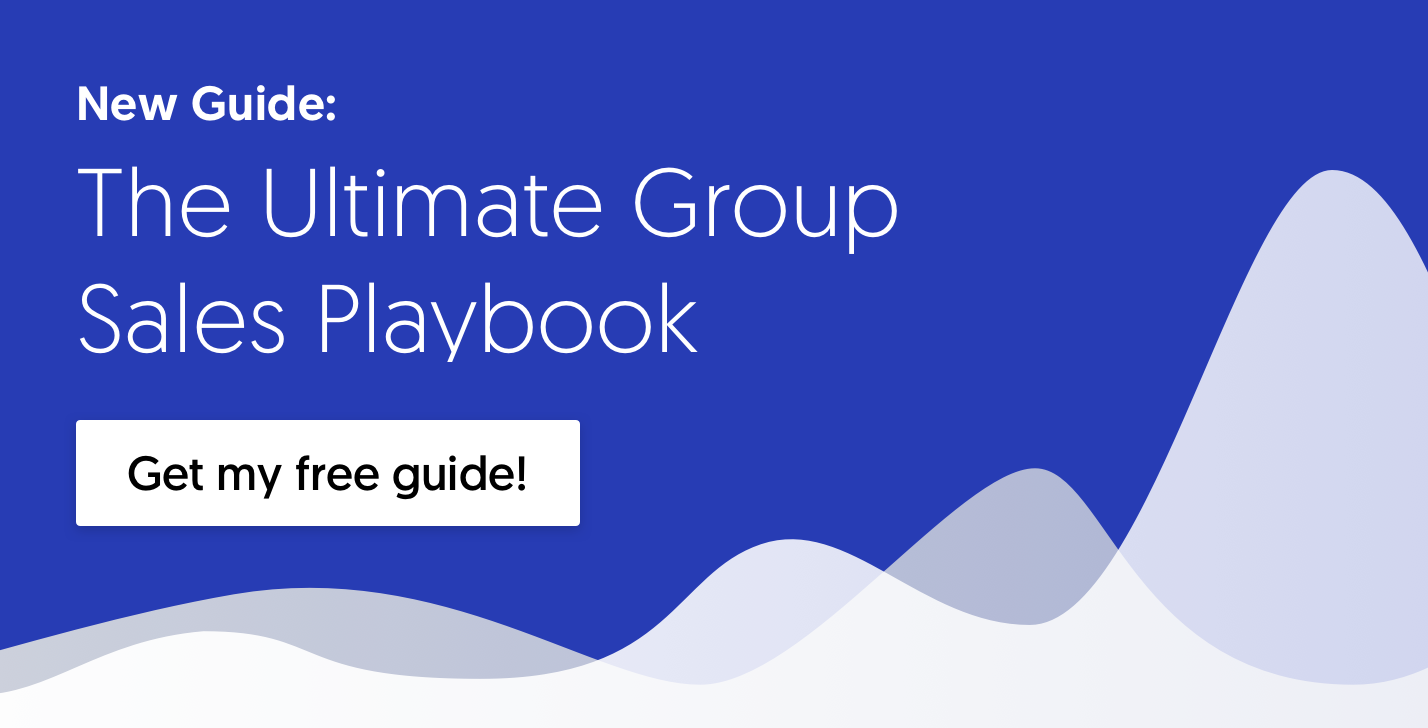
Here Are the 7 Email Campaigns to Send to Nurture Leads Throughout the Entire Buyer’s Journey:
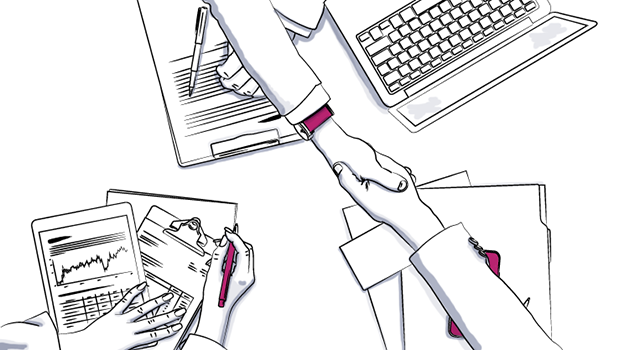
1. The Inspiration Email
What it is: The inspiration email is your chance to show off your property in a visually stunning, eye-catching way. Use or design a template that puts images front and center, with just a few words to orient your customers and explain what they’re seeing. Include a large call-to-action to learn more about your property.
When you should send it: This type of email works well at the very beginning of a customer’s journey, when they are dreaming about the type of vacation, trip, or event they would like to have. Consider triggering this email right after a lead’s first visit to your website.
Why you should send it: The average person remembers 80% of what they see and only 20% of what they read. Especially at the beginning of their search, potential customers are focused on the inspiration and the feeling that they want out of their stay. They aren’t ready for logistics, numbers, or hard facts quite yet. Instead, focus on grabbing their attention with high quality images of your hotel, the landscape, amenities, and recent updates. Show potential guests what they could be posting on their own social media if they stay with you!
2. The Planning Email
What it is: Once your leads have a good idea of how they envision their trip, they will start thinking about the details. This is where you can step in to help. Use form submissions from your website as both a trigger and a source of segmentation criteria. Maybe leads who have said their trip is for leisure should get a list of fun activities in the area that tend to book up in advance. Or a group coming for a wedding should receive your list of top instagrammable photo shoot spots (including your hotel of course). Use your segments and customer journey to decide what your audience needs in the planning stage, and then make emails that fit those needs.
When you should send it: Send this email as soon as you have enough knowledge about the customer to help them. This information could be from a contact form on your website, a phone call, an email, an RFP, or clicking through from a targeted ad.
Why you should send it: Planning emails show how helpful you can be in the decision-making process, and set you up as a collaborator with your leads. This type of email also helps you to stay top-of-mind during the decision making and planning process.
3. The Checking In Email
What it is: The buyer’s journey is rarely as straightforward and simple as it looks on paper. In reality, potential customers may visit your website multiple times, forget about the search process, return two weeks later by clicking on an ad, abandon the process a few times, and then finally make their booking. So if you haven’t heard back from a lead in a while, it’s a good idea to check in and see where they are in the process. The checking in email is a quick note to ask if the buyer has any questions that you can help to answer. It may also include answers to frequently asked questions so that the buyer doesn’t need to respond in order to get the information. Huge bonus points if you change your frequently asked questions and their answers based on customer segment!
When you should send it: This is a time based email, and should be sent after an appropriate waiting period. How long you wait depends on your sales cycle, but a week or two is generally a safe bet.
Why you should send it: This email is all about staying top-of-mind so that when the lead is ready to make a purchase decision they will remember your property.
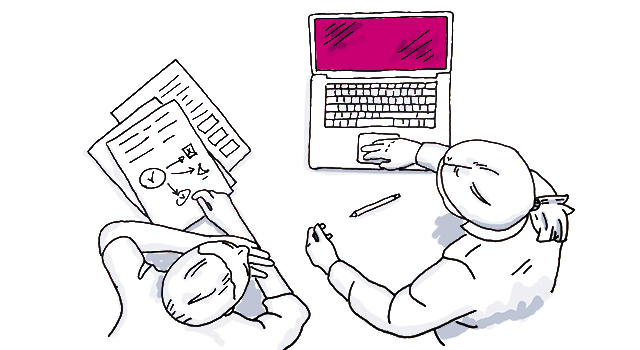
4. The Special Offer Email
What it is: This classic email offers extra value to the customer in the form of a discount, upgrade, reward, or perk. What you offer should be based on your customer segments and what would be valuable to that audience.
When you should send it: The goal is to send this type of offer at a time when the buyer is ready to make their purchase decision. Ideally you will already have answered their questions through your content, overcome any objections, and be on the final stretch of the buyer journey. That way, when you send an email with a big book now button, they will have a much higher chance of clicking it.
Why you should send it: Some buyers need a little bit of a push at the end to get them over the edge. If 10% off your standard room rate makes the difference and gets you the sale, it’s definitely worth offering.
5. The Booking Confirmation email
What it is: This email thanks your guest for choosing to stay with you, confirms their booking information, and gets them excited for their stay. You can also use this email to collect guest information and preferences (such whether they’re on a business or pleasure trip) if you don’t already have it.
When you should send it: You should send this Immediately after the guest’s booking is confirmed, while their stay is still top of mind.
Why you should send it: This is the first step in building a relationship between you and your guest if they booked through an OTA. It helps reduce the risk of them canceling, and makes them feel valued before they even walk through the door. It’s also an opportunity to introduce ancillary services available at your hotel. Consider including other helpful information like area guides and local events to get your guest ready for their trip.
6. The Post-stay email
What it is: This is your chance to thank guests for their stay and request feedback. You can also use targeted messages to encourage them to sign up for future offers or leave a review online. You should focus on one primary call-to-action in this (and any) email, so choose the one that is most important for you.
When you should send it: Send this email the day after you guest checks out, when their stay is still fresh in their mind. Make sure to include contact information in case they have an issue they would like addressed directly.
Why you should send it: Feedback, both positive and negative, is extremely important for ensuring that you can continue to deliver on your promise to guests. Showing your guests that you care about their experience is how you build a lasting relationship.
7. The Loyalty email
What it is: Previous guests have a demonstrated interest in your property, but are not always actively deciding on their next stay. By sending highly personalized emails to relevant customer segments, you can keep customers up to date on special offers, seasonal specials, and updated amenities. Think of these email as updates during the inactive portion of the sales cycle.
When you should send it: Send these emails on a continuous schedule at intervals that make sense for the customer segment. A good idea is to send monthly or quarterly offers so that you stay on guests’ minds without spamming them.
Why you should send it: These emails foster loyalty from your guests and encourage return bookings.
With all of these emails, the key is personalization for all of your customer segments. Use your Sales and Catering CRM to identify your customer groups and their typical path to purchase. Then adapt these emails to fit your hotel and sales process, and you’ll have a more engaged, higher converting audience in no time!
Now You’re Ready to Improve Your Hotel’s Email Marketing Campaigns!
Up next, learn how to create hotel workspace to boost revenue, and discover the award-winning hospitality technology providers that drive growth.

